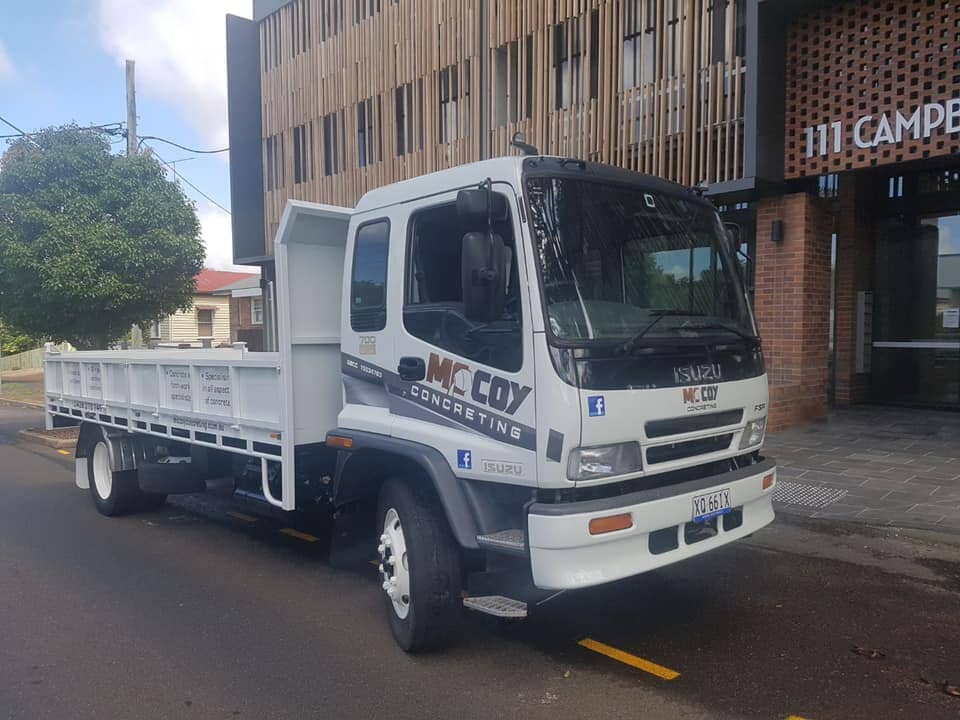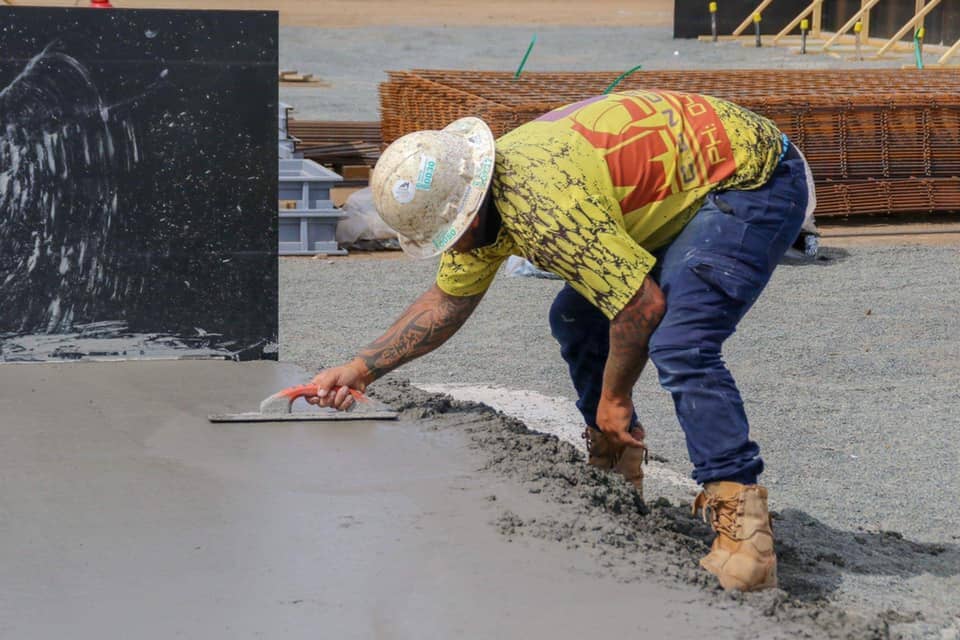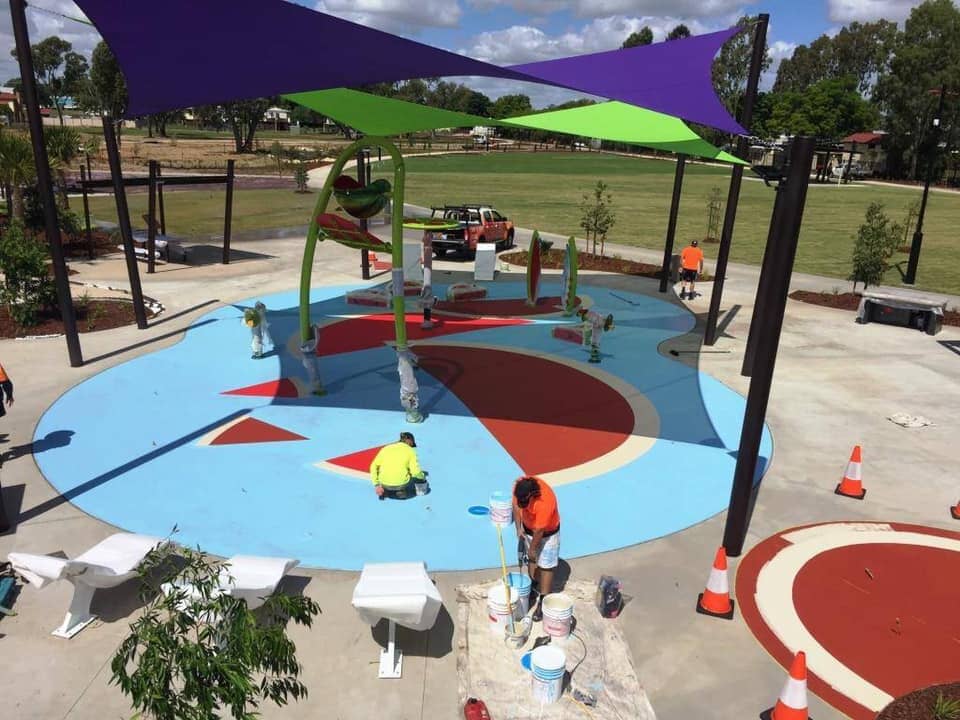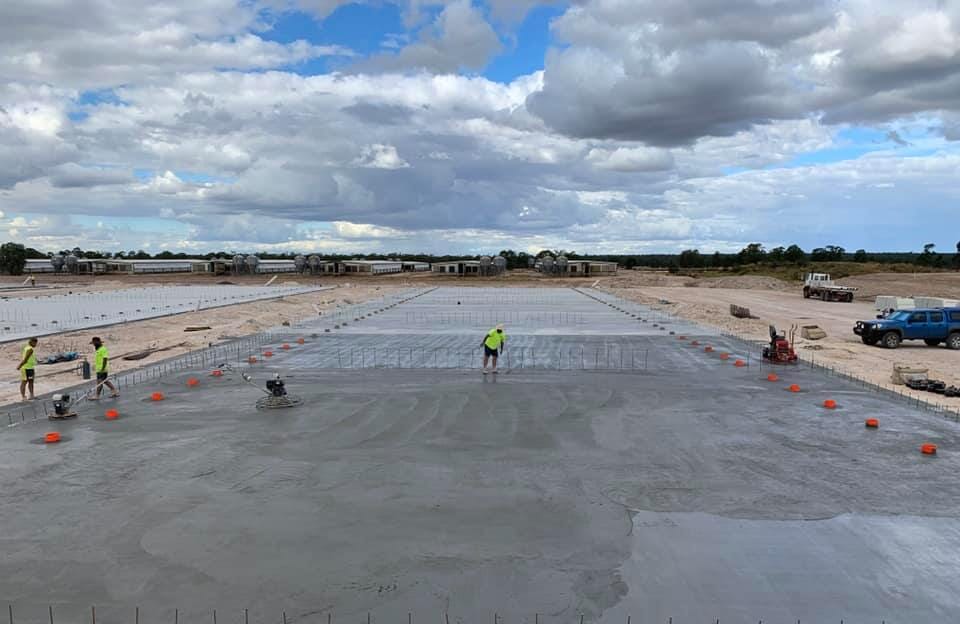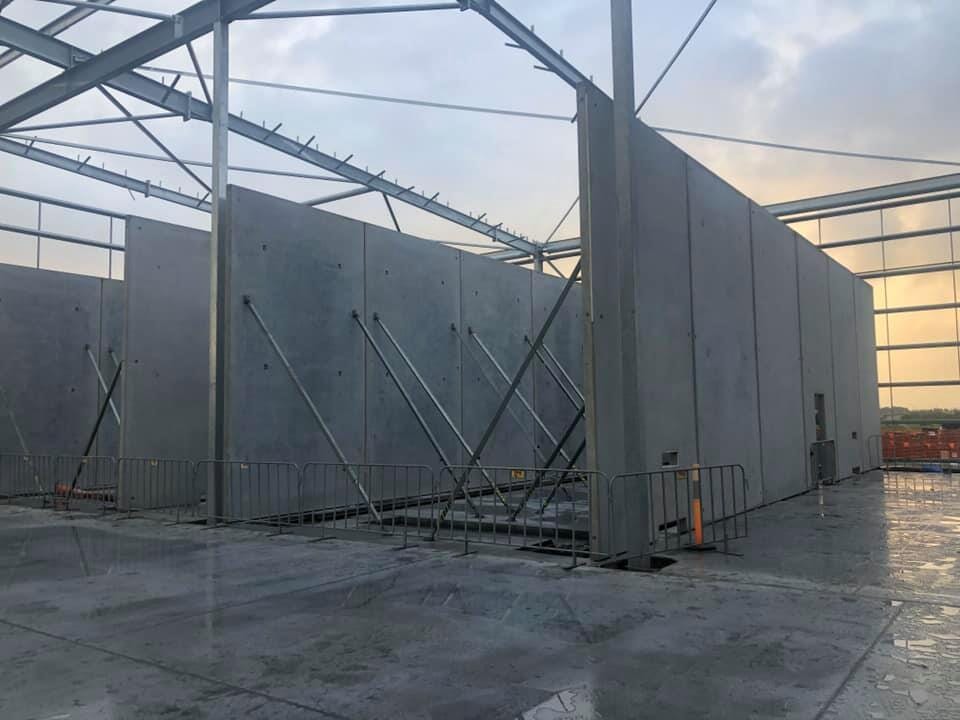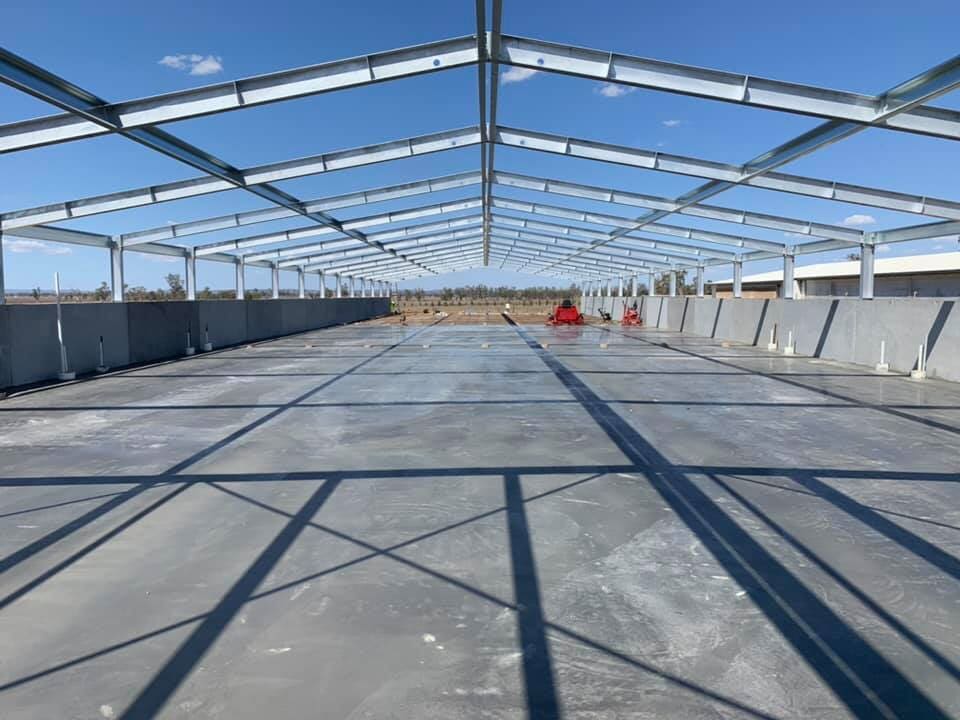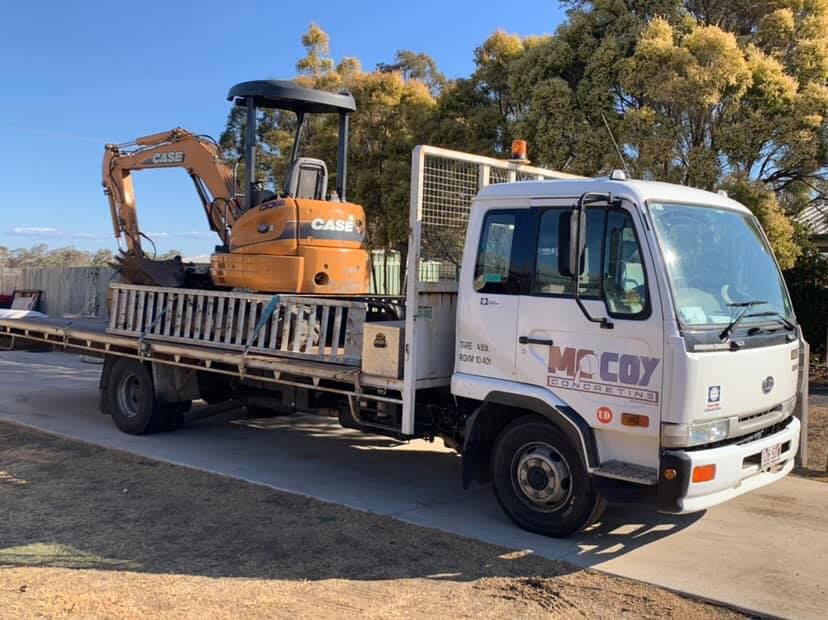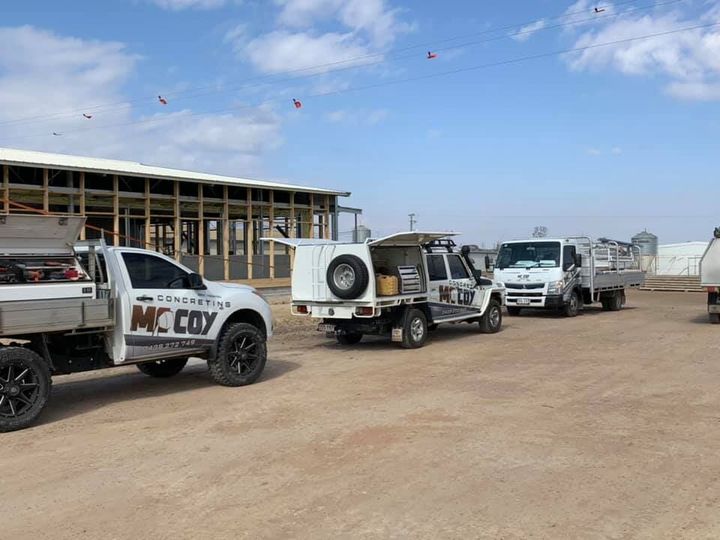Concreting FAQs
Want to know more about what it is we do? Then take a look at our frequently asked questions to discover our range of services and equipment.
What’s the difference between cement and concrete?
While many may use the terms interchangeably, cement is an ingredient used in making concrete. At McCoy Concreting, we use the highest quality components to deliver a long-lasting concrete finish.
We combine the best cement for your requirements with water to form the paste, before adding sand and gravel to make the concrete. In utilising tried and tested formulas, this concrete mix binds together, forming a rock-hard covering.
Our process results in a durable surface with a versatile range of applications.
What services do McCoy Concreting offer?
Our team deliver a broad range of services in the Toowoomba region, including:
On top of our concreting services, we also provide earthmoving and excavation thanks to our professional range of equipment. If you're looking for a concreting service not listed here, get in touch with our team today to see how they can help.
Do you supply your own equipment?
Our fleet of professional machines and trucks are a part of the quality services we provide. Plus, we ensure every piece of machinery is safe and secure, training every member of our team to our professional standards. From the Somero S100 laser screed to our powerful troweling machines, we can work across rugged terrains to get the job done.
How does cement differ from concrete?
It is a common misconception that concrete and cement are the same things and the terms can be used interchangeably. Cement is actually one of four key ingredients that make up concrete. To make concrete, you need cement, water, sand and stone, which are malleable to begin with and set hard, making concrete ideal for construction projects like driveways, industrial surfaces, paths and more.
Should I have my concreting job sealed?
If you want your concrete to stay looking new for long, it is recommended that you include a sealing process as well. This will help prevent your surface from chips, cracks, scratches, corrosion and staining. The sealing process works in two ways. Firstly, it will help to block any pores in your concrete to prevent water, salt and contaminants from infiltrating your surface. Secondly, it will provide a shield on the surface to help prevent it from getting damaged over time.
It will give your surface a slick, shiny appearance and will also prevent the colour from fading because of the sun and other factors. The sealing process is best carried out 30 days after the initial pour, so it has been set to full strength.
Which kinds of concrete do you use?
There are many different varieties of concrete that all serve different purposes and have unique aesthetics as well. Our team will help choose the right option for your project, with concrete solutions available, including:
Exposed aggregate: This has a rough texture on the surface and is commonly used in areas where there is water, like around pools and spas. They are a preferred option because the rough surface helps to provide extra traction and prevent any slipping accidents from occurring.
Stamped: Many people will choose concrete because it is durable and will last longer than materials like timber and brick. Stamped concrete allows you to have the best of both worlds, making the concrete look like other materials, including stone and tiles.
Stencil: When you want to have a decorative look in your space, stencilling allows you to get creative and have a range of patterns imprinted on your surface. This method can be used to emulate other surfaces like cobblestone and brick as well.
Slate: Combined with concrete, you will get the benefits of durability and the unique style and look of slate, which includes classy patterns, colours and designs.
Coloured: Grey is boring. Coloured concrete brings life and personality to any space combined with the strength and longevity of concrete.
When can I start to use my concrete surface?
During the first 24 hours, there should be no pressure at all put on your concrete driveway, path or other surfaces. After 48 hours, you should be able to walk on the surface, but it is recommended to wait a few days at least. No extra pressure should be put on the surface like trolleys, prams or any vehicles.
You should wait at least seven days before driving a car, forklift or any other vehicle or machinery on the concrete surface. If you have a heavier vehicle at your home, warehouse or business then you should wait the full 30 days for the concrete to set completely.


